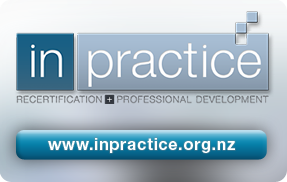High Blood Pressure
Rationales
What do current guidelines say?
Canadian guidelines, 2004
The Canadian guidelines suggest initial therapy from a choice of a thiazide, ß-blocker, ACE inhibitor, angiotensin II antagonist or long-acting dihyrdopyridine calcium channel blocker. However, a ß-blocker is not recommended as initial therapy in people older than 60 years with uncomplicated hypertension, or for isolated systolic hypertension.
New Zealand guidelines
The New Zealand Guidelines Group is updating the Assessment and Management of Cardiovascular Risk Guideline. The concept will still promote treating cardiovascular risk, rather than treating high blood pressure and other cardiovascular risk factors in isolation. This multifaceted approach to cardiovascular risk is likely to have a greater benefit than that seen in studies focusing only on blood pressure lowering.
We await the new guideline although it is likely that the choice of blood pressure lowering medicine will continue to be flexible, with an emphasis that:
- A thiazide is part of every blood pressure lowering regime – and first-line in uncomplicated high blood pressure including people with uncomplicated diabetes.
- ß-blockers are used when there is a concurrent medical condition that would benefit from them, but they are less suitable for addressing high blood pressure alone in older people.
- There is little difference between ACE inhibitors and calcium channel blockers as Step 2 blood pressure lowering medicines after a thiazide, although the use of an ACE inhibitor plus thiazide appears to have a synergistic advantage.
- It is hoped there will be an emphasis on methods to improve adherence to cardiovascular medicines.
UK – NICE guidelines, 2006
The NICE guidelines for hypertension changed in response to the ASCOT-BPLA. Basically the use of a ß-blocker in people with newly diagnosed hypertension was removed.
| Page 1 | 2 | 3 | 4 | 5 | 6 | 7 | Page 6 |

